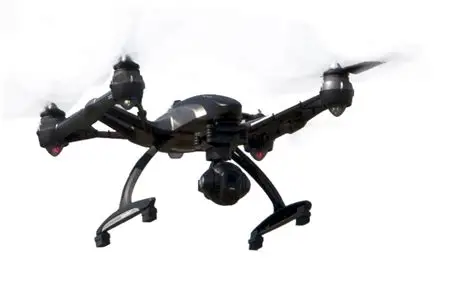 2025-07-12
2025-07-12
A multi-rotor UAV consists of flight control system, communication link, motor, paddle, electric control, battery, frame and load.
You can also divide the drone into five parts. They are power system (battery, electric control, motor and paddle), flight control system (flight control, gps and auxiliary modules for height determination, positioning and obstacle avoidance), communication system (remote controller, digital image transmission and ground station), rack and load.
flight control
It integrates high-precision sensor elements, mainly composed of three-axis gyroscope, three-axis accelerometer, three-axis geomagnetic sensor, barometer and control circuit. General flight control external modules include gps, and some flight control modules include ultrasonic sensor (precise control of low altitude or obstacle avoidance) and optical flow sensor (precise determination of hovering horizontal position).
Through the efficient control algorithm kernel (microcomputer), the flight attitude and other data of the aircraft can be accurately sensed and calculated, and then the flight modes such as precise positioning hovering and autonomous smooth flight can be realized through the main control unit. According to different aircraft types, there can be different types of flight auxiliary control systems, including those supporting fixed wings, multi-rotors and helicopters.
Three-axis gyroscope, three-axis accelerometer, three-axis geomagnetic sensor and barometer form an IMU, also known as inertial measurement unit.
GPS locator
Measure the current latitude and longitude, altitude, track direction, ground speed and other information of multi-rotor UAV. Generally, there will be a geomagnetic compass (three-axis magnetometer) in the GPS module to measure the current course of the aircraft.
